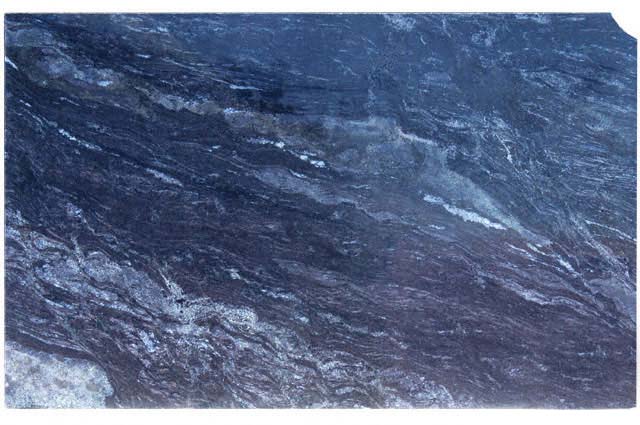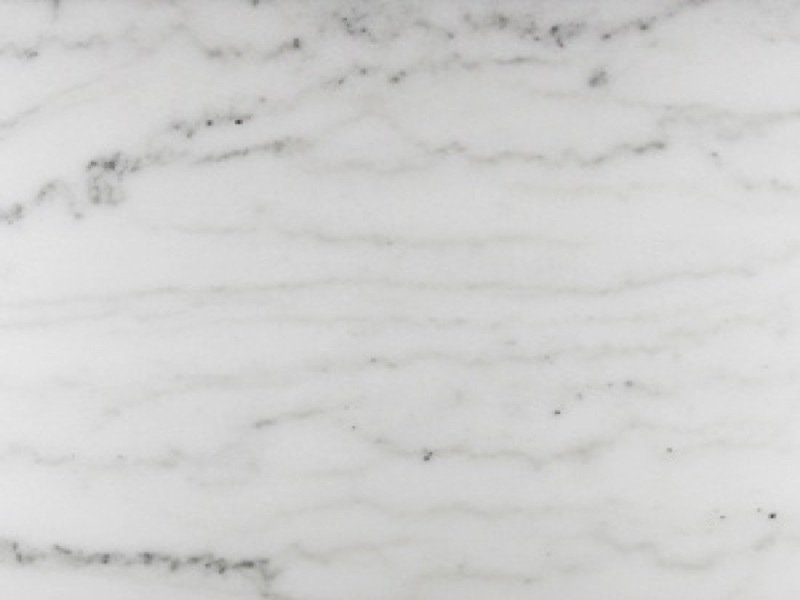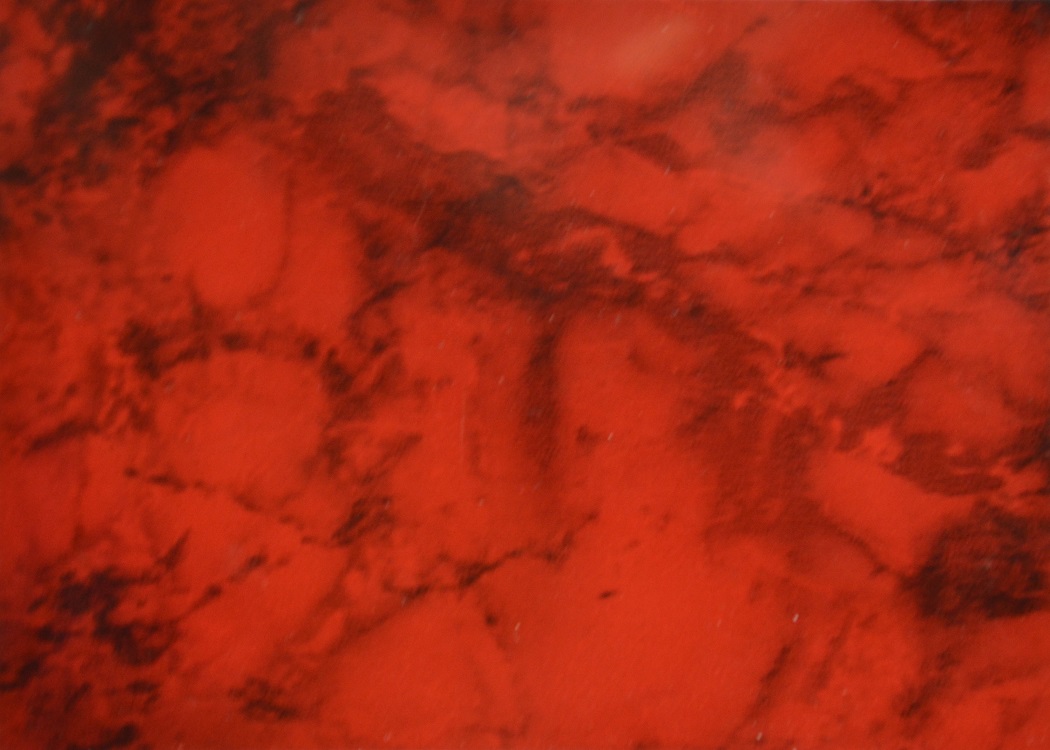Happy 4th of July! Did you know that marble comes in red white and blue?
Marble is usually a light-colored rock when it is formed from limestone with very few impurities. The marble that contains impurities such as clay minerals, iron oxides, or bituminous material can be bluish, gray, pink, yellow, or black in color.
There are many different factors involved in the formation and coloration of marble. Marble forms during a process of metamorphism of carbonate minerals. Metamorphism is the change of minerals or geologic texture in pre-existing rocks, without the rocks melting into liquid magma. However, the degree of metamorphism is controlled by three main factors:
- IMPURITIES: Iron oxide can cause yellow and brown deposits, while iron and feldspar will create pink and red coloration. Serpentine creates a green hue while porphyry deposits will create a violet coloring. There are also gold, pink, and blue marbles on the market, all of which get their shades from different mineral deposits.
- HEAT: As a rock is continuously buried at depth it will be subjected to an increasing amount of heat from the earth. This heat can change the carbonate mineral structure.
- PRESSURE: As the carbonate rock is continuously buried it is subjected to increased pressure which will also compress the carbonate material.
- TIME: Depending on how long this carbonate material is buried for before it is again uplifted to the surface it will impact how long it is affected by heat and pressure.
Happy 4th!
The Boston Stone Restoration Team

Blue – Azul Cielo, a blue Marble from Argentina

White – Mountain White Danby from Danby, Vermont, the largest underground marble quarry in the world

Red – Rojo Alicante, a red marble from Novelda, Spain
